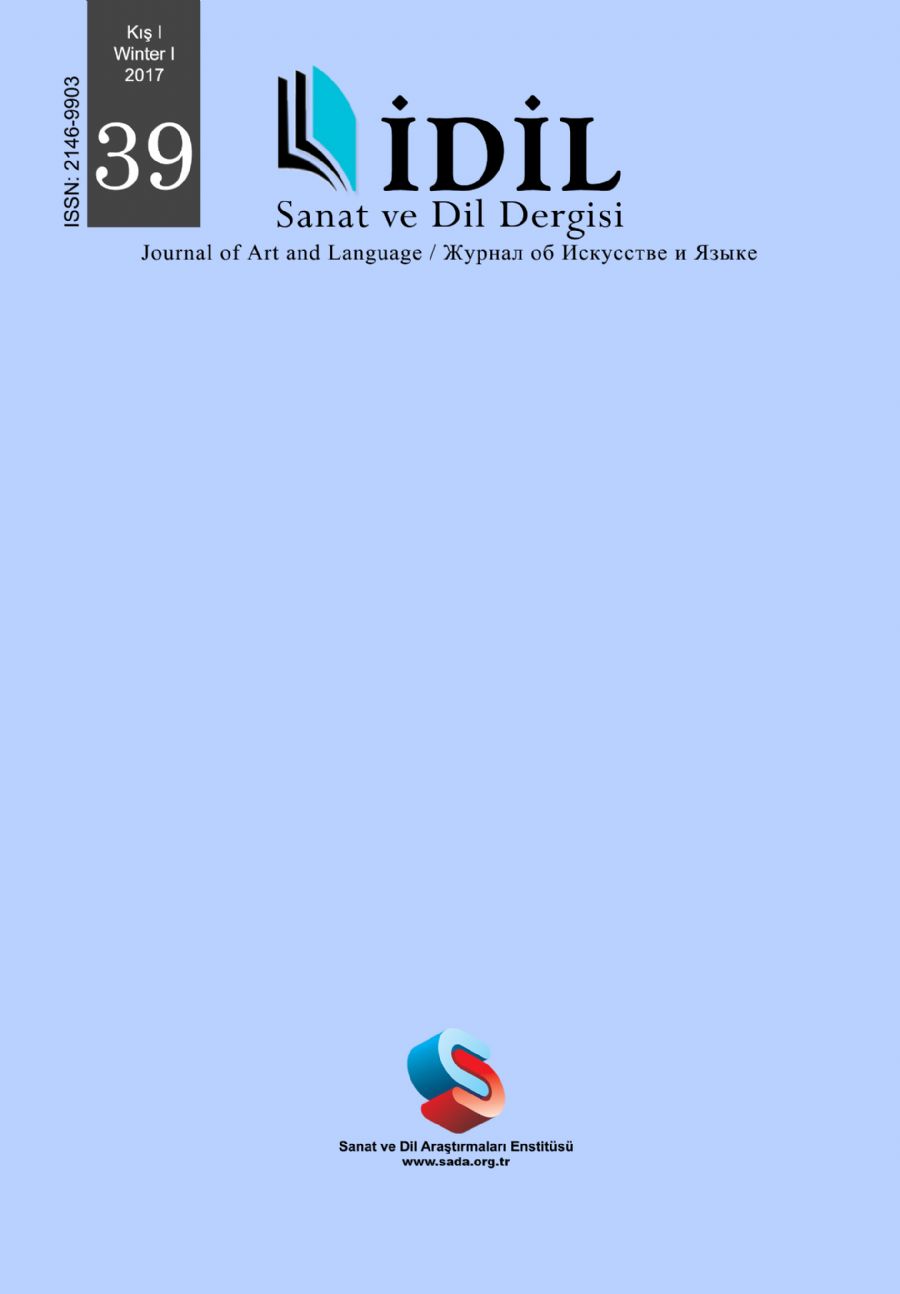HETEROKRONİ OLARAK EV: ANDREAS MAIER’İN “DAS HAUS” ADLI ESERİNDE MEKÂN VE BELLEK
THE HOUSE AS A HETEROCHRONIE: SPACE AND MEMORY IN THE ANDREAS MAIER’S NOVEL “DAS HAUS”
Author(s): Kadir AlbayrakSubject(s): Museology & Heritage Studies, Library operations and management, Studies of Literature
Published by: Sanat ve Dil Araştırmaları Enstitüsü
Keywords: Maurice Halbwachs; Jan Assmann; Gaston Bachelard; Michel Foucault; Heterotopia; Heterochronie; Andreas Maier; Das Haus;
Summary/Abstract: In his work about heterotopias Foucault defined museums and libraries as heterochronic places, where the information is kept by manipulating the time. In this study, the novel "Das Haus", in which the memoirs are placed into a house, has been examined from a point of view centered on space and memory. In this work the concepts of "Heterotopia" and "Heteroconic" of Foucault was placed in the center. By supporting these concepts with different space and memory studies the house in the novel can be described as a place where the memories are archived. In this context, house as a heterotopia shows a heterochronic characteristic, because metaphorically it represents a museum, where constitutes the archive of Andreas’ childhood memories.
Journal: İdil Sanat ve Dil Dergisi
- Issue Year: 6/2017
- Issue No: 39
- Page Range: 3075-3089
- Page Count: 15
- Language: Turkish

